Like a pro
Brewing really is just introducing water to ground coffee, then removing the solids. You simply need:
• The right coffee particle (grind) size for the intended apparatus
• The right ratio of coffee to water (~6g of coffee for each 100mL of brew water)
• The right water temperature (between 93 and 97 deg. C)
• The right amount of contact time between coffee and water
• The right filtration medium for the desired brew qualities
At Small Batch, we first focus on the quality of the coffee from a sourcing and roasting point of view and then we combine these precious little beans with a touch of technical know-how and some well-designed equipment to,
let the coffee do the talking.
If brewing at home or the office without an espresso machine, you will first need a grinder. Freshly grinding your beans is the first step to getting better quality coffee. Ensure that it is a ‘burr’ grinder, not a ‘blade’ grinder that you should only use to grind spices.
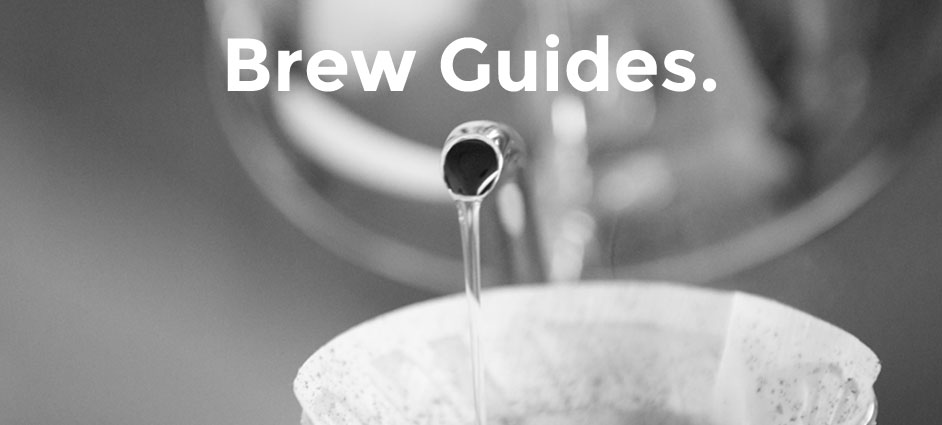
You will then need to learn how to brew with one of the following pieces of equipment:
Brew Methods
This ain’t no flying disk
It is a great portable coffee brewer though.
We use AeroPress’ to make a coffee with clarity and transparency. We start with:
– 12g of coffee
– 200g of boiling water
How Clever are you?
Clever enough for a CCD?
This is a great way to brew coffee with minimum effort. Perfect for the early mornings. We start with:
– 15g of coffee
– 250g of boiling water
French for ‘press’
apparently.
This classic way of brewing coffee at home for all your friends doesn’t have to taste old school. We start with:
– 60g of coffee
– 1000g of boiling water
We brew with a V60
A Hario V60
We use Hario clear plastic V60s at Small Batch to make our filter coffees. We start with:
– 15g of coffee
– 250g of boiling water
For all brewing apparatus, these are some rules that can be applied across the board:
Rules
Brewing with precision and control takes practice.
Consistent pouring will ensure even water distribution through the coffee bed and even agitation of the coffee grounds.
A thin spouted kettle will help you to achieve this, along with some fine motor skills.
Spirals for pour overs and Clever Drippers and even saturation for AeroPresses and plungers.
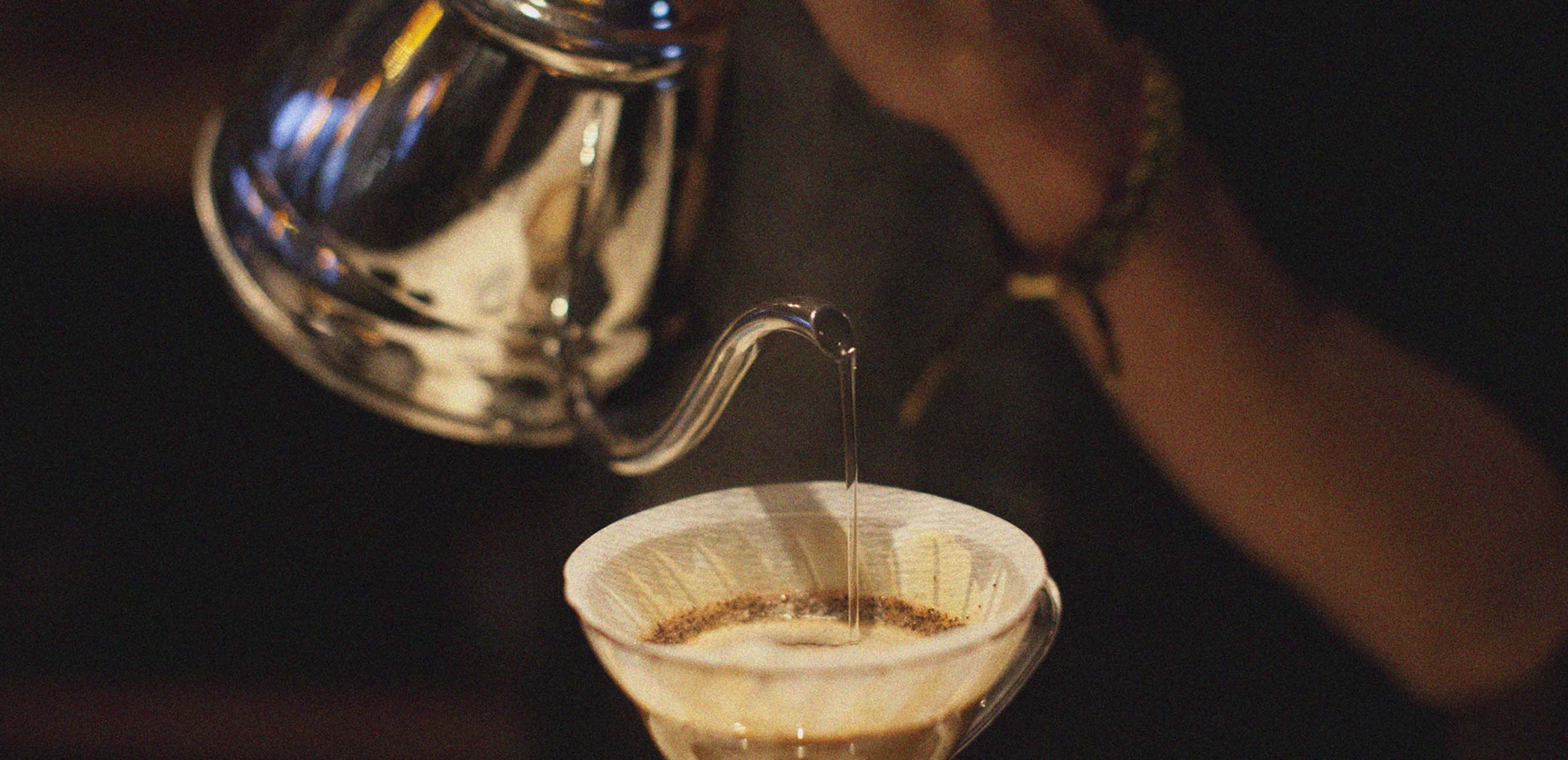
If you want to make a pour over for some friends, just multiply the ingredients by the number of people who are drinking.
Our plunger recipe is already designed for friends, or someone thirsty, but you can reduce the amount to suit your plunger size.
An AeroPress can only hold a maximum of 250mL, so our recipe is for a single serve, allowing some wiggle room.
You can make an AeroPress for two by increasing the amount of coffee that you brew with to 20g and adding 150g of hot water to the pressed out coffee.
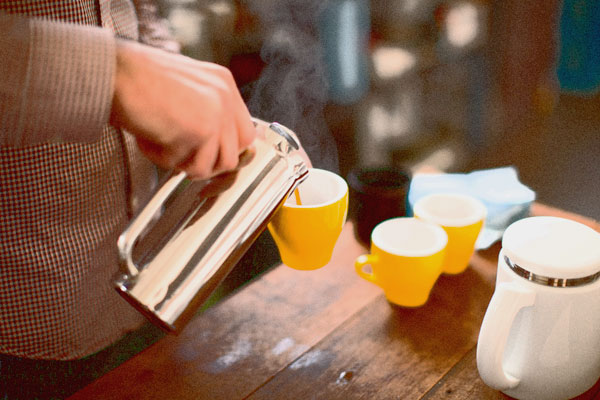
If you find the brew to be weak and straw-like, grind your coffee finer.
This will increase the surface area of the coffee-particles, allowing the water to extract more flavour.
A higher extraction will help to remove the straw-like flavour and increase the strength of your brew.
If you find your coffee to be overly bitter and harsh, grind coarser.
Lowering the surface area of the coffee-particles will reduce the amount the water extracts.
This will help to decrease the level of bitterness and balance out the flavours in the cup.
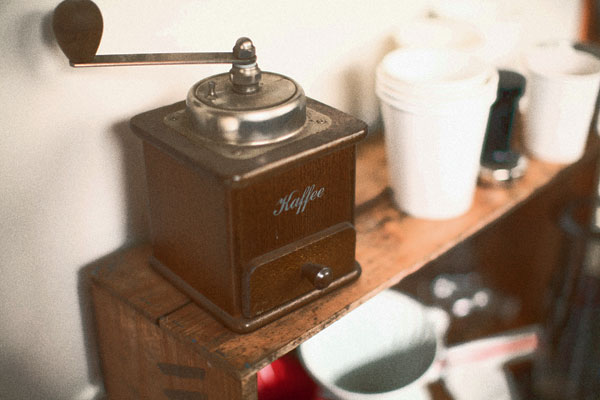
Paper filter = less sediment = more clarity of flavour.
Metal filter = more sediment = more texture.
Brewing with scales and a timer ensures consistent results so you can enjoy great coffee everyday. Guesswork is for QI.
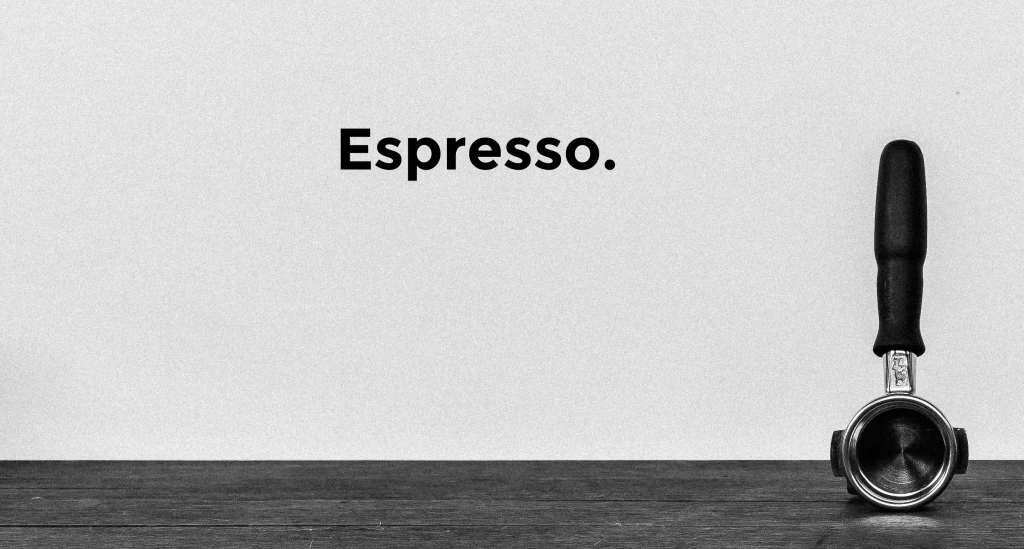
Is a method of brewing coffee that produces a beverage intense in flavour, low in volume, great on it’s own and for mixing with milk. The same general ‘across the board’ rules apply to espresso preparation.
Use precise measurements to 0.1 grams.
All of our espresso coffee is roasted to give great results when brewed to the following parameters:
• A ground coffee dose of 20.0 grams
• A liquid espresso yield of 45.0 grams
• A brew time of 28 seconds
• A brew temperature of 94 degrees centigrade
Ensure even distribution of coffee grounds in the basket before a level tamp of adequate pressure to create a seal across the top of the coffee. This seal creates a temporary barrier to the brew water, ensuring even saturation and then extraction.
A crooked, incorrectly sized tamp will create uneven extraction.
Espresso can be difficult to master and requires expensive equipment to do properly, but with the right technique you can create very delicious beverages. This being said, we wouldn’t encourage purchasing an espresso machine as the first step in your coffee journey, as filter brewing methods can be far more rewarding and a lot less hassle.
Happy brewing!
If you have any questions, please contact us and we will gladly assist you.
Shop for beans
Get everything you need to brew cafe
quality coffee at your place
